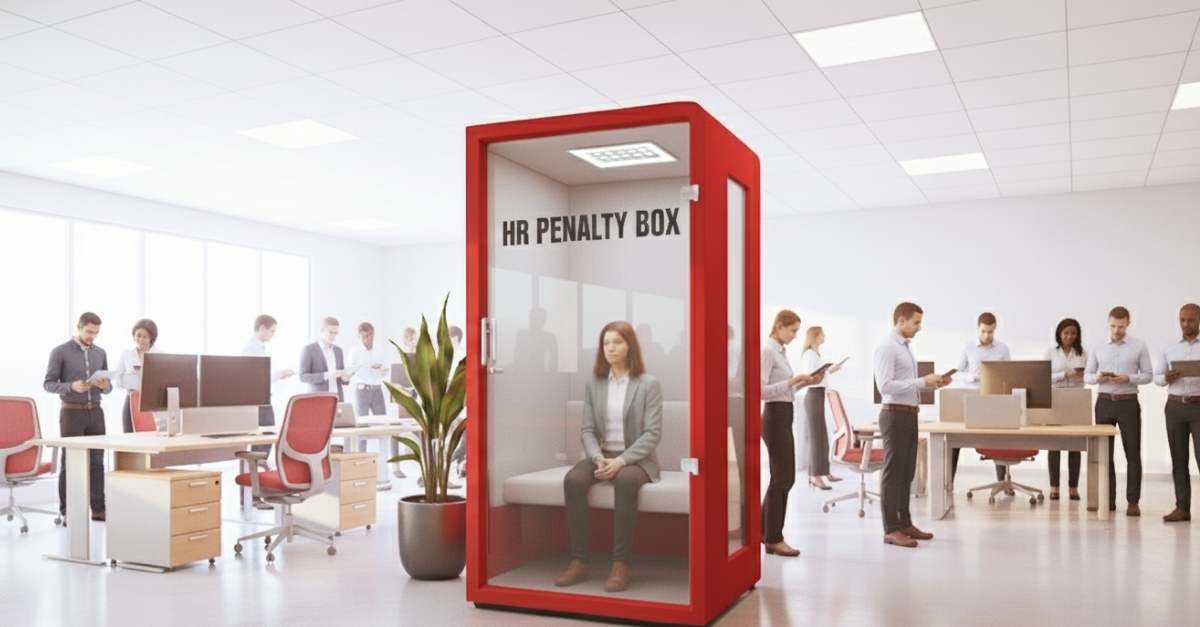By Greg Barnett, PhD
We’re all busy. We all have too much to do and not enough time to do it.
So when one of your managers hires competent, independent, self-driven employees, it’s easy for him or her to let those employees find their own way. The truth is, as tempting as it may be to just throw those new employees to the wolves, managers really shouldn’t.
Their absolute first priority is to take care of their new employees. Nothing is more important than getting the people part right. As they say “you don’t get a second chance for a first impression” and in fact, companies only have a small period of time to show new talent that they understand them and truly care. If they aren’t paying close enough attention, new employees will feel disconnected from the organization, its mission, and its people and this can create disengagement that can never be overcome.
So what can you do?
One of the first things to recognize is that not all managers are comfortable or experienced on how to onboard employees better. They need tips on how to effectively manage their employees’ early experiences and provide advice without it taking too much time. It needs to be easy for them, simple, and personalized.
Second, it can help to provide managers with their own onboarding checklist. Whereas HR has a number of onboarding steps for a new employee (e.g., forms, benefits, etc.), each manager should have a clear set of manager onboarding steps that they should be striving to check off. For example, this might include having an early career direction conversation, setting preliminary goals, taking some time to informally get to know the employee, or simply having the new employee get exposed to the right people and learning activities.
Third, the manager should be held accountable for onboarding success and failure. On some level, early employee retention and ultimately positive early tenure engagement should rest heavily on the manager’s shoulders. He/she should be evaluated on how successful they onboard new employees including whether they take extra steps to help the employee to adapt or go above and beyond to knock down potential obstacles that threaten a new employee’s experience (e.g., advocating for an employee about an exception to a policy).
There’s nothing more frustrating than filling a position that’s been open for a long time, only to have your manager drop the ball during the critical onboarding phase, leaving you right back where you started. But by giving your managers guidelines for successful onboarding, helping them build their own onboarding checklist, and by holding them accountable for onboarding success, you can very positively impact employee retention.








